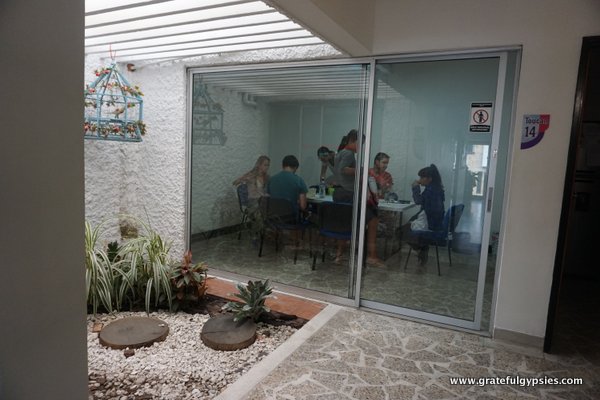Spanish Power Verbs – Tener Posted by sasha on Nov 17, 2021 in Language, Spanish Grammar, Spanish Vocabulary
Learning so-called “power verbs” is a great way to improve your fluency in Spanish. We’ve had a few posts about Spanish power verbs over the years. Here are links in case you missed any of the previous posts: necesitar, querer, gustar, poder, and ir. In this post, we’ll take a look at yet another power verb – tener, meaning “to have.”
Conjugation in Simple Present
Tener is an irregular verb and it’s a very useful one to know. Once again, let’s begin by learning the conjugation of this power verb in the simple present:
Tú tienes
Usted tiene
Él tiene
Ella tiene
Nosotros tenemos
Ustedes tienen
Ellos/ellas tienen
You have (familiar)
You have (formal)
He has
She has
We have
You have (plural)
They have
As usual, yo, tú, and nosotros are all implied, so it’s not necessary to say the pronouns. For example, simply saying “Tengo” means “I have.” I’ve been learning Spanish in Latin America where the pronoun vosotros (you all, informal) isn’t used, but if you’re going to Spain and are curious, “vosotros tenéis” is the correct conjugation.
Learning the conjugation of this Spanish power verb is very helpful, as it’s used in many different expressions. Here are just a few examples:
- tener que = to have to
- tener hambre = to be hungry
- tener __ años = to be __ years old
- tener sueño = to be sleepy
- tener prisa = to be in a hurry
You can use the same conjugation we learned above for all of those expressions and many more. For example, “Tengo hambre” means “I’m hungry” and “Ella tiene sueño” means “She is sleepy.”
Positive Statements
Now that you know the conjugation of the verb tener, let’s take a look at some examples of positive statements:
Ustedes tienen una casa hermosa.
You have a beautiful house.
Tenemos muchas opciones para cenar esta noche.
We have many options for dinner tonight.
Ella tiene algunas amigas en la ciudad.
She has some friends in the city.
Ellos tienen una fiesta de cumpleaños esta tarde.
They have a birthday party this afternoon.
Tienes mucha tarea hoy.
You have a lot of homework today.
Él tiene una hermana menor.
He has a younger sister.
Usted tiene un celular nuevo.
You have a new cell phone.
Tengo una bicicleta roja.
I have a red bicycle.
Now see if you can use the correct conjugation of the verb tener to make some examples of positive statements.
Negative Statements
To make negative statements, you simply need to add no before the correct form of the power verb. Here are some examples to follow:
Él no tiene carro.
He doesn’t have a car.
No tienes que trabajar hoy.
You don’t have to work today.
No tenemos tiempo libre esta semana.
We don’t have any free time this week.
Usted no tiene su libro de español.
You don’t have your Spanish book.
Ellos no tienen clase de matemáticas hoy.
They don’t have math class today.
No tengo planes este fin de semana.
I don’t have plans this weekend.
Ella no tiene mascotas.
She doesn’t have any pets.
Give it a try and see if you can come up with some negative statements using the verb tener.
Asking Questions
Just like all the other power verbs we’ve learned about here on the blog, asking yes/no questions is muy facil – just add the question marks to positive statements and change your intonation. Here are a few examples:
¿Tienes tiempo para estar juntos esta noche?
Do you have time to get together tonight?
¿Ella tiene una familia numerosa?
Does she have a big family?
¿Tenemos que conducir hasta allí?
Do we have to drive there?
¿Él tiene un partido de fútbol el sábado?
Does he have a football game on Saturday?
¿Ustedes tienen sus entradas para el concierto?
Do you have your tickets for the concert?
¿Tengo una cita con el dentista hoy?
Do I have a dentist appointment today?
¿Ellos tienen un restaurante en su barrio?
Do they have a restaurant in their neighborhood?
Asking these yes/no questions is very easy, and so is answering them. You can simply respond with “Sí” or “No,” but it’s always better to try and use complete sentences so you can practice more. OK, you know the drill by now – try to come up with some questions of your own using this Spanish power verb.
I hope you found this post useful and I hope it helps you practice your Spanish today. A great way to make sure you’re practicing every day is by subscribing to our Spanish word of the day. Until next time, happy studying!

Build vocabulary, practice pronunciation, and more with Transparent Language Online. Available anytime, anywhere, on any device.






